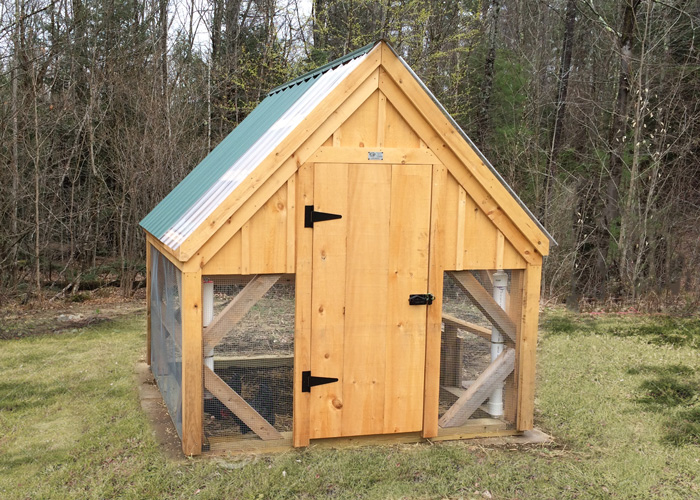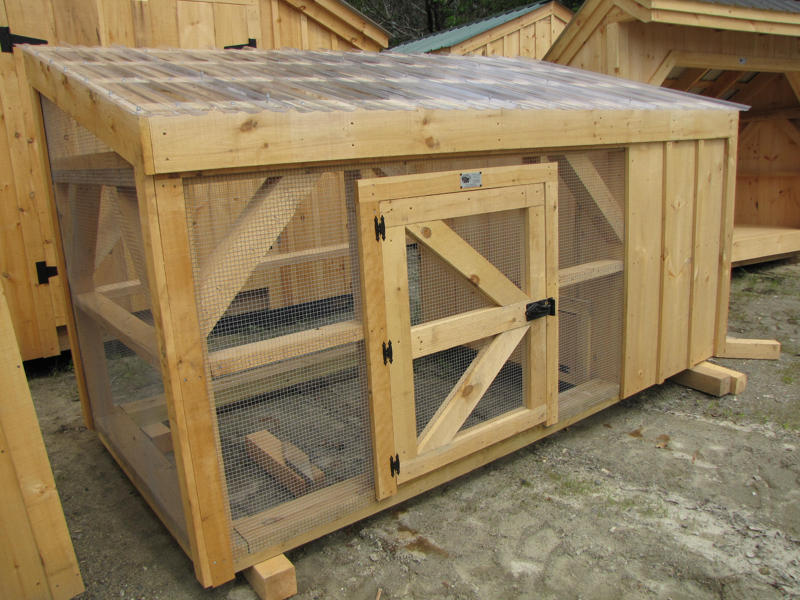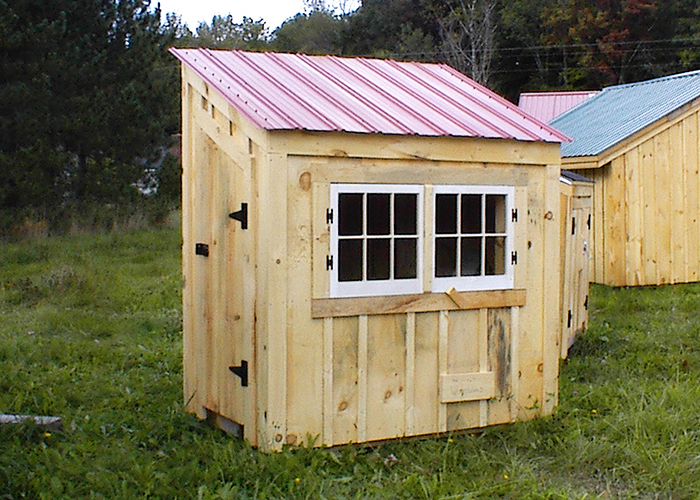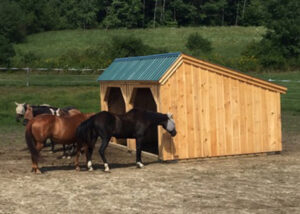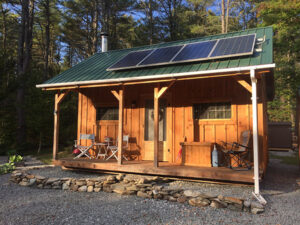What if there was a machine that could take your fruit and vegetable scraps and turn them into delicious food? Well, they may not be new technology, but chickens are able to do exactly that! Raising chickens is a great way to live a more sustainable lifestyle. They can help you reduce food waste, decrease your dependance on industrial farming, and aid in keeping your yard and garden free of pests.
For first time chicken keepers, deciding what hens to buy can be a bit confusing. You might be tempted to think that all chickens are pretty much the same. Depending on how you want your hens to fit in to your lifestyle, there might be a particular breed that is best for you. We’ve made a list of chickens that are best suited for different purposes on your homestead—We hope it can help you find the right fowl for your flock!
Best Chickens for Egg-Laying
Fresh eggs are delicious, nutritious, and one of the main reasons why people choose to own chickens. You’ll find that eggs raised by healthy, happy chickens are far more flavorful than store-bought eggs, and they usually have lots more vitamins and minerals too. If you want a chicken that produces lots of eggs, here are our recommendations for breeds that are prolific layers.
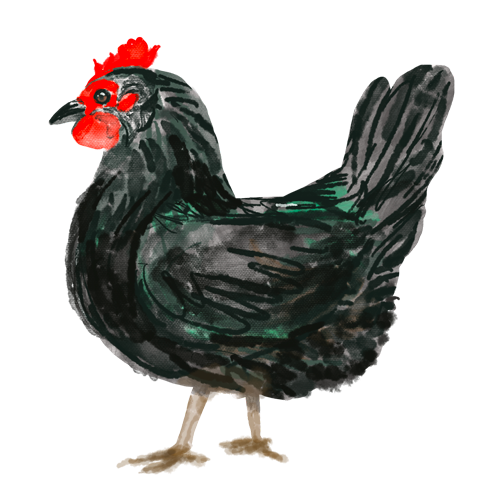
Australorp Hen
Appearance: This is a beautiful black hen with silky feathers that have a green, iridescent sheen to them. They are relatively large birds with solid bodies, and they produce light-brown eggs.
About the Australorp: This type of chicken was first bred in Australia. It’s a prolific egg-layer, and the world-record number of eggs laid in a year was from an Australorp. They will lay about 5 eggs per week, or around 260 per year (or more!). This bird is recommended for beginners because it has a docile and friendly temperament. Although it is a large bird, it does well in confined spaces, making it a good option for mini-homesteads. If you live somewhere with a lot of natural predators, the Australorp might not be the best choice: their large size makes them easier to spot, and slower to escape. This breed is also cold-tolerant, which is great if you live up north.
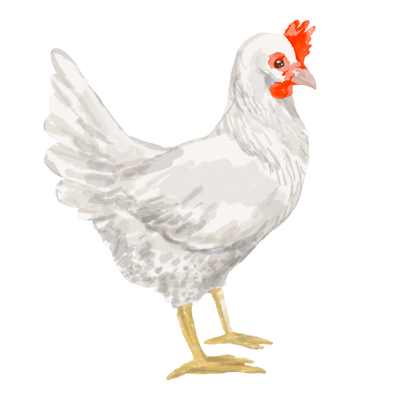
White Leghorn
Appearance: Leghorns are slim, medium sized birds with bright white feathers. They have bright yellow skin on their legs, and produce white eggs.
About the Leghorn: Leghorns come from Italy, and are known for being independent and active. They’re good egg-layers, producing between 200-280 eggs per year. The eggs will get bigger as the chicken matures, and they’ll produce extra-large eggs in their final years of laying. Leghorns do best as free-range hens, and are good at looking after themselves. They’re also quite athletic, and need fences taller than 6 feet to keep them in. Expect a wake-up call if you keep Leghorns: they’re known to be a little loud.
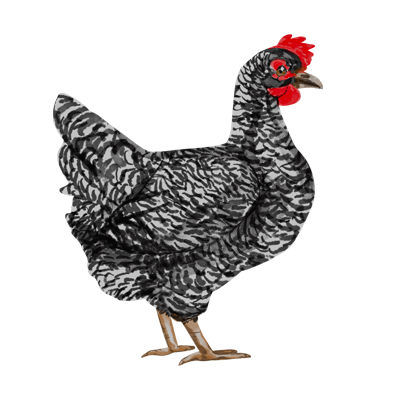
Barred Rock Hens / Plymouth Rock
Appearance: These birds have a distinct black and white coloration. Their feathers have small stripes, giving them a bold pattern. This is a larger-sized bird with a slim but robust body.
About Plymouth Rock hens: This bird is a popular backyard chicken to keep, because it is both good for egg-laying and for meat. When it comes to eggs, these hens will produce from 4–5 eggs per week, or around 200–260 per year. In the Spring they might get ‘broody’, meaning they’ll want to sit on their eggs to try to hatch them—which can be a good thing, if you want to grow your flock. They are calm, friendly birds that are easy to handle, and can tolerate confinement ok. These birds are beginner-friendly for first-time keepers.
Best Chicken Breeds for Meat Production
More serious homesteaders sometimes choose to raise their own meat. While conventional poultry is often full of hormones and are raised in poor conditions, raising your own hens can be a way to make sure that the meat you consume is sustainable and ethically produced. Chickens have been bred for centuries for this purpose, and there are a number of breeds that are particularly good eating.
Just a note; we aren’t recommending any breeds of chicken known for abnormally fast growth in commercial settings. These chickens typically suffer from a number of health problems. Instead, we recommend heirloom breeds that are known for their size, temperament, and flavor.
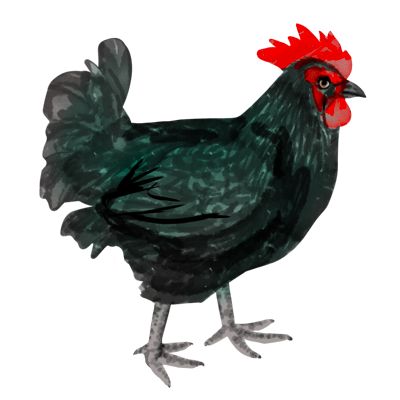
Jersey Giant
Appearance: The most remarkable feature of these birds is their size: they can weigh up to 13 pounds, making them quite large. They have black feathers with a green shine to them, and red combs and wattle.
About the Jersey Giant: This breed was developed as a large roasting bird in the late 1800’s. Although it was once listed as a rare breed, it is becoming popular with backyard keepers again. Not only is it a good bird to raise as poultry, but they are friendly, docile, and easy to handle. They will even produce 150–200 eggs per year, as a perk! This breed does not have the health issues of fast-growing commercial meat birds. They are hardy as well, and can tolerate the cold. Their size even makes them more difficult to be preyed on by hawks. They take about 6 months to mature before they are ready to be processed.

Orpington
Appearance: The Orpington comes in black, blue, buff, and white colorations. They are larger birds at around 8 pounds, and have a rounded, fluffy appearance.
About the Orpington: Orpingtons are great all-around birds. They are considered to be dual-purpose: they can lay around 200 or more eggs per year, and grow large enough to be a good source of flavorful meat. These birds are an excellent choice for first-time owners. They have a docile temperament and can even be quite cuddly. While they are good foragers and enjoy living free-range, they also tolerate confinement well, and can be raised in a smaller coop. At about 4.5 months they’ll be full-grown and ready to process. Because these are very tolerant and easygoing multipurpose birds, we highly recommend them for first-time chicken owners.
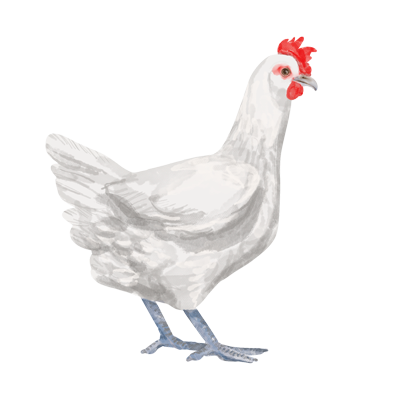
Bresse
Appearance: This is medium to large sized white chicken, with a bright red comb and blue legs. They’re the colors of the French flag, the country where they were bred!
About the Bresse: Bresse are specially bred for their meat, which is reportedly the most delicious in the world. “True” Bresse are from a particular region of France, but there are American breeders also producing this bird as well. This bird also produces 3–4 eggs a week, as a bonus. While it may take some work to procure this specialty breed, their spectacular flavor might make it well worth it. Typically they take about 4 months to mature before they are ready to be processed.
Funkiest Chickens: The Best Chickens to keep As Pets
Just like cats and dogs, even chickens have been bred to be companion animals! These beauties don’t come without benefits. Even ornamental breeds of chicken can lay eggs, and they will just as easily help you dispose of food waste in an environmentally friendly way. Here are our top pics for funky chickens that make great pets!
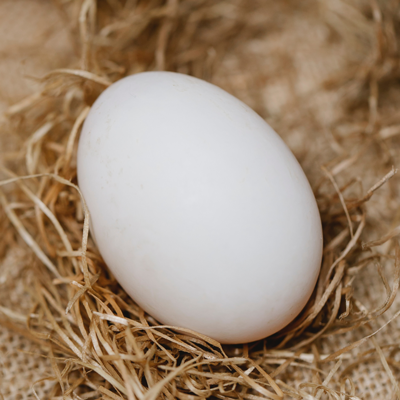
Silkies
Appearance: Silkies have quite a distinctive look. Their soft, fluffy feathers cover their entire body, including their feet! They have dark skin and five toes instead of the usual four. They are very small for chickens, and come in many colors.
About Silkies: We think Silkies are one of the cutest chickens around. These little guys have a laid-back attitude and a friendly disposition that makes them great pets. They’ll lay about 150 eggs per year, which could be a nice supplement if you have other hens. Raise them by hand, and you’ll have a docile and friendly hen that will enjoy your company. These birds are very defenseless and need to have a very secure chicken coop for housing: a totally free-range lifestyle isn’t ideal for these little ones. Make sure you house them with other gentle chicken breeds, or they might get bullied.

Faverolles
Appearance: These chickens have an orange and cream coloration, with puffy feathers. They have a tuft of feathers under their chins that make them look like they have little beards, and their legs are covered in feathers as well.
About Faverolles: The adorable fluffy faces of Faverolles makes them a favorite of chicken keepers. They are very friendly, curious, and comical birds. They’ve even been described as cuddly! Whatever you are doing, they’ll want to be a part of it. They are quite talkative as well, and will chatter whenever they see you. Faverolles are also reliable egg layers, and will typically lay up to 4 brown eggs a week. They’re so gentle that if you house them with other breeds, they may end up at the bottom of the pecking order. It’s best to keep these sweet, gentle birds with smaller and less aggressive chickens.

Polish Chickens
Appearance: Polish chickens come in many color varieties, but the one thing that sets them apart is their big, fluffy crown of feathers on their heads. The hens will typically have a neat, pom-pom shaped hairdo, where the roosters will have a crazier hairstyle.
About Polish Chickens: These are true funky chickens! The distinctive hairdo of this breed has made them a favorite for many centuries, even of the aristocracy. It is unknown if the Polish chicken actually originated in Poland, but apparently it was standardized in the Netherlands. These are calm and gentle birds that are decent flyers. If allowed to roam free-range, they will sometimes roost in trees! They can act a bit skittish, but this is usually because some of their feathers obstruct their vision: if you trim their hairdo a bit, they can become calmer. They do well in confinement and you can expect 3–4 eggs per week from them.
Conclusion
Chickens are a great first-step into raising your own animals as a homesteader. They are easy to care for, and don’t demand a lot of your time. Provide them with a nutritious pellet food supplemented with scraps from your kitchen and foraged bugs, and you’ll have healthy, happy birds. Depending on the amount of space you have, and if you live in a warm or cool climate, you’ll find some breeds of chickens are better for you than others.
Many buildings can be retrofitted into chicken coops, so if you have an old shed on your property, chances are that you can convert it into a comfortable place for you chickens. Just install some nesting boxes and a chicken door with a ramp, and you’ll have a makeshift coop. Or you can always build a chicken coop from a set of plans, or using a kit like the ones we offer.
We hope our selection of 9 great chicken breeds for homesteading inspires you to start your own flock of hens!


